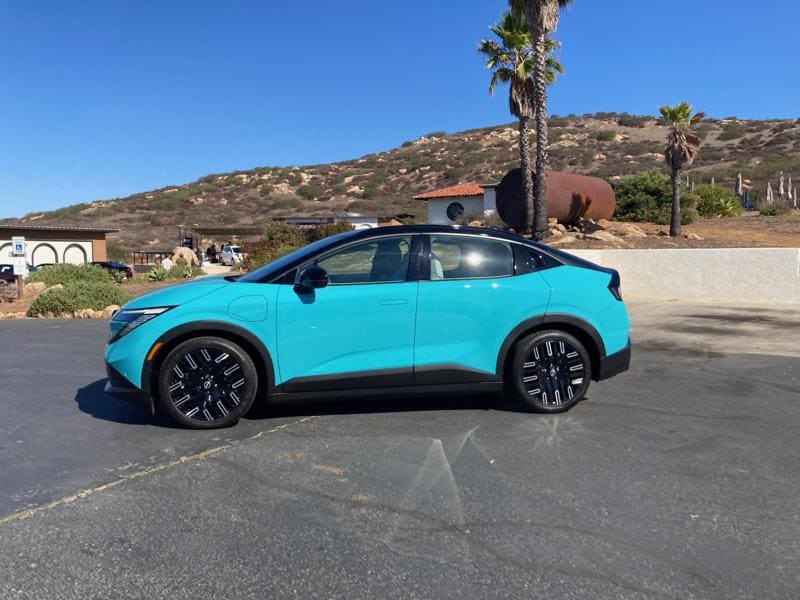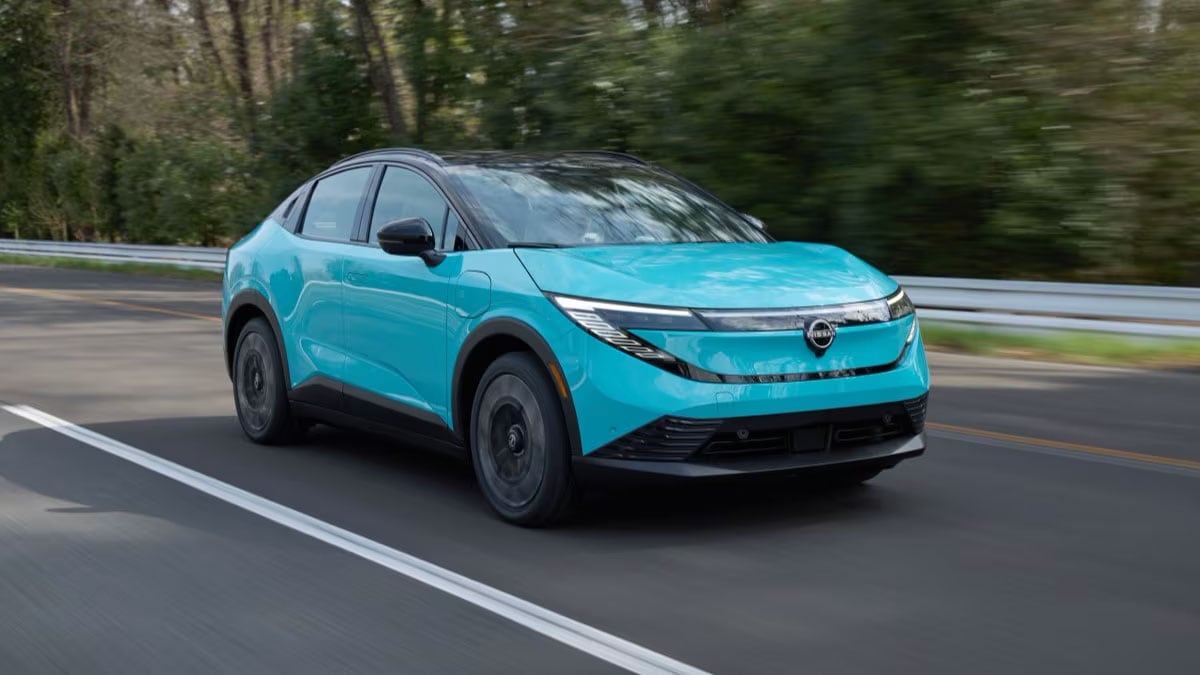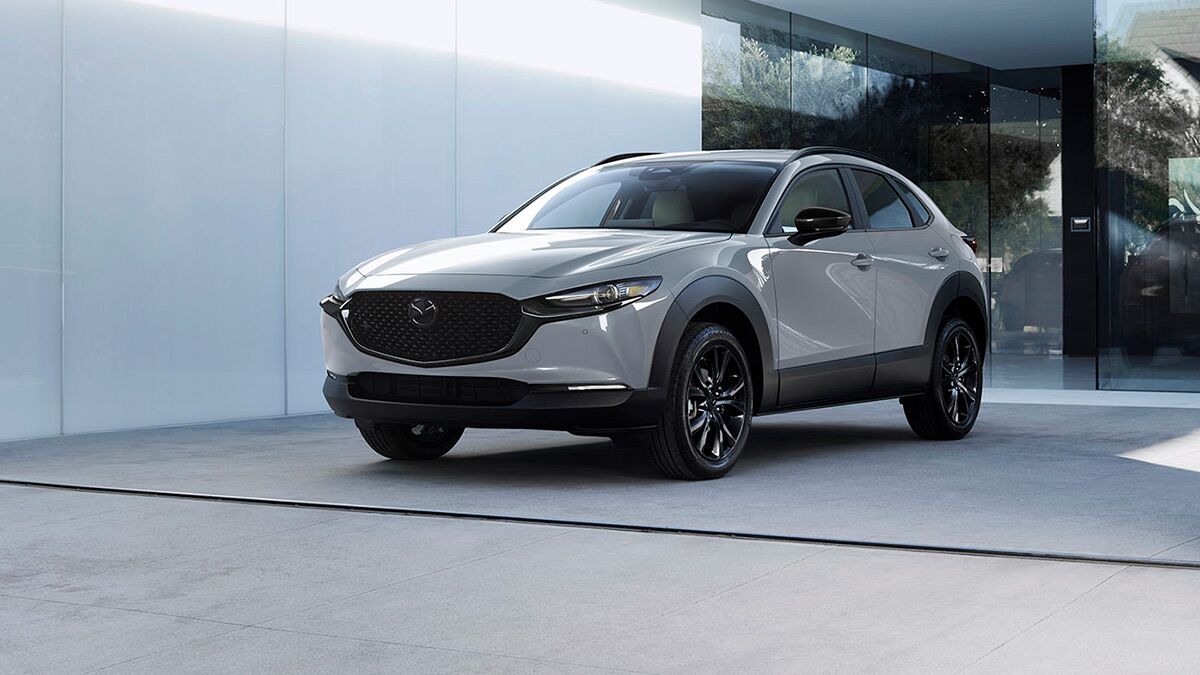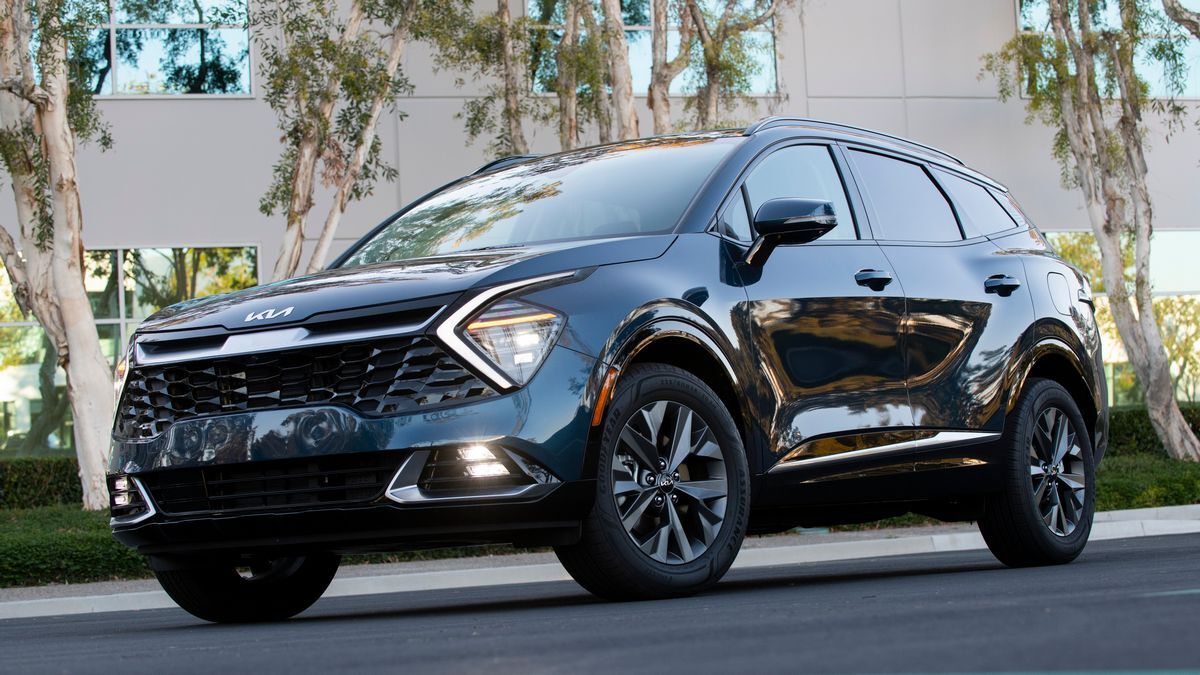- The redesigned Nissan Leaf turns a new leaf with thorough updates and a boost in range to up to 303 miles.
- A new design, larger battery, a North American Charging System (NACS) port, and new tech make its starting price of $31,485 even better.
- The 2026 Leaf undercuts budget EVs such as the Kia Niro EV and Hyundai Kona EV.
The Nissan Leaf was the first mass-produced battery electric vehicle to launch in North America, way back in 2010. Fifteen years and three model generations later, the small electric vehicle (EV) remains America’s most affordable EV to purchase new.
The second-generation 2026 Nissan Leaf improves in all the right ways — offering more range, modern tech, and a fresh look — yet at $31,485, including the $1,495 destination fee, its starting price is only $1,500 more than its predecessor. If we compare the SV Plus trims, the Leaf actually got a little cheaper with its 2026 redesign.
New 2026 Nissan LEAF Prices
|
Retail Price
|
Fair Purchase Price (92620)
|
|||
|---|---|---|---|---|
$31,485 |
TBD |
|||
$35,725 |
TBD |
|||
$40,485 |
TBD |
The Kelley Blue Book Fair Purchase Price for any individual used vehicle can vary greatly according to mileage, condition, location, and other factors. The prices here reflect what buyers are currently paying for New 2025 Nissan LEAF vehicles and New 2026 Nissan LEAF vehicles in typical condition when purchasing from a dealership. These prices are updated weekly. The manufacturer’s suggested retail price (MSRP) quoted includes the destination fee, but does not include tax, license, document fees, and options.

The new Leaf comes with two battery pack sizes, both larger than those of its predecessor. The base S has a 52-kWh battery pack (up from 40 kWh), but Nissan has not yet sold that model or offered a range or price estimate. If it comes to the U.S., it will likely cost less than what’s listed here. It’ll almost certainly be more than the 149-mile range of the 2025 Leaf S.
All other versions of the 2026 Leaf utilize a 75-kWh battery pack and offer a range of between 259 and 303 miles (an increase from the previous 60-kWh pack and 212 miles of range). It’s quicker to charge, with an estimated DC fast charging time of 35 minutes from 10% to 80%. It comes with both a J1772 charge port and a Tesla-style NACS port that enables charging at Tesla’s vast Supercharger network.
The output of the single motor remains the same, at 214 horsepower. Although it’s shaped more like a small SUV than a hatchback, it still features only front-wheel drive (FWD).

Also enhancing its value is a more refined cabin in line with the short-lived Nissan Ariya. The cockpit stretches wide and low, creating an open and airy feeling. The climate controls blend into the dash, and the twin 12.3-inch displays include a touchscreen with wireless Apple CarPlay and Android Auto. It also comes equipped with standard advanced driver-assist systems, including adaptive cruise control and lane-keep assist.
All of these updates add up to a great value. The 2026 Nissan Leaf also has more range and a lower starting price than rivals such as the Kia Niro EV ($41,045) and the Hyundai Kona Electric ($34,470). More affordable EVs are planned, including the new Toyota C-HR and Subaru Uncharted, as well as the return of the 2027 Chevrolet Bolt. The new Bolt will start at $29,990, but since it’s slated for the 2027 model year, the Leaf remains the most affordable EV for 2026.
With average new car transaction prices seemingly always on the rise, the 2026 Nissan Leaf offers a unique deal, featuring a comparatively low sticker price and potentially low cost of ownership, depending on where and when it’s charged.













